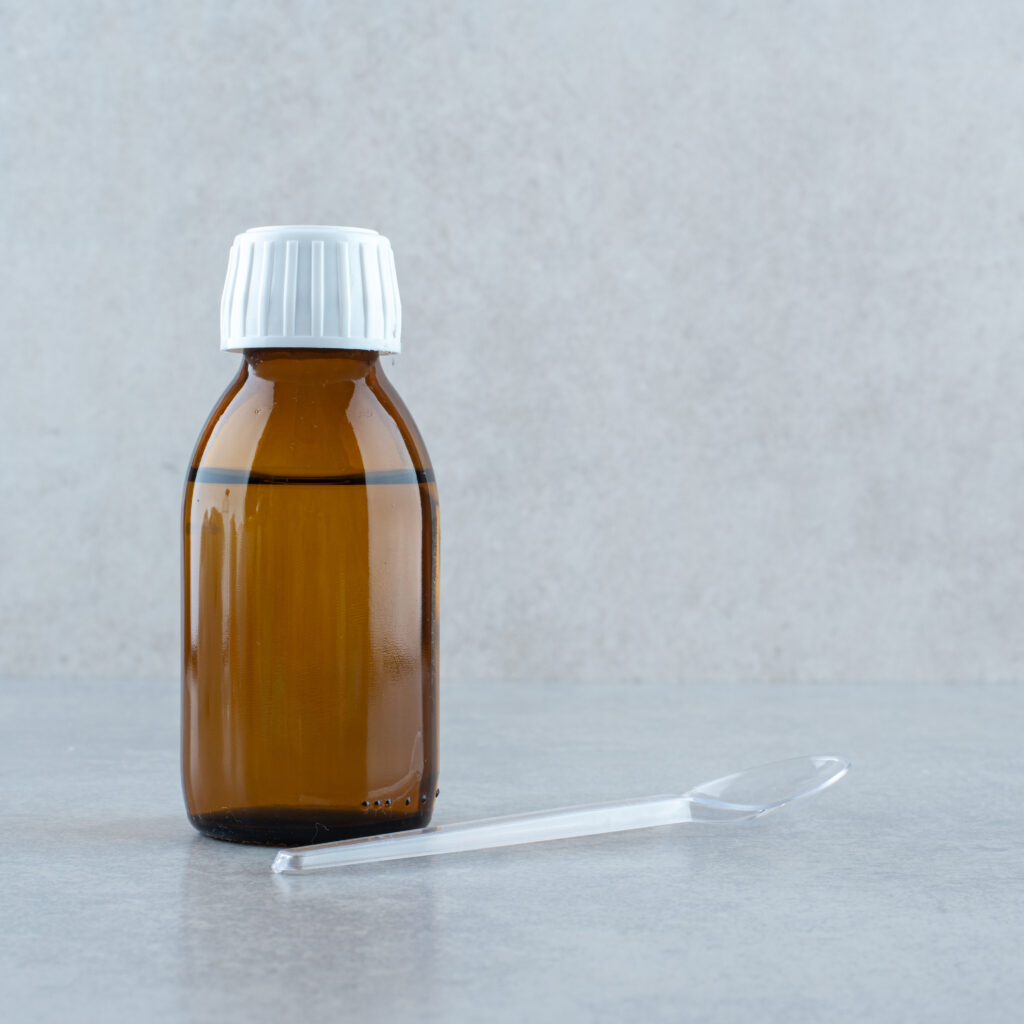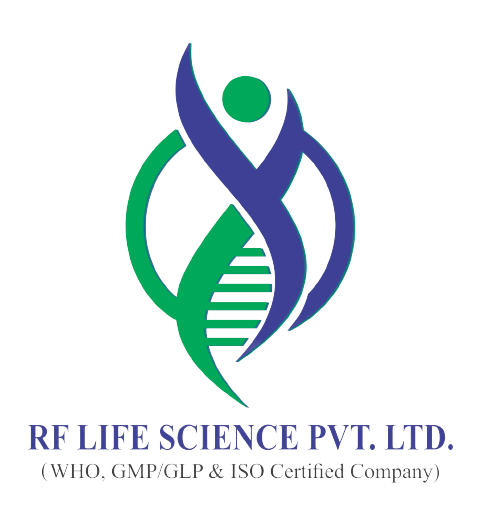Oral Liquid
Oral Liquid
Oral liquids are homogeneous liquid preparations, usually consisting of a solution, an emulsion, or a suspension, of one or more active ingredients in a suitable liquid base. They are prepared for oral administration either as such or after dilution. They may contain other substances such as suitable dispersing, solubilizing, wetting, emulsifying, stabilizing, suspending, and thickening agents and antimicrobial substances for preservation. They may also contain suitable sweetening agents, flavoring agents, and permitted coloring agents. Classes of oral liquid dosage forms include:

Oral Liquid
Performing successful and practical extractables and leachables assessments for liquid oral dosage forms requires excellence in strategic planning (for example, establishing the proper use of extraction or leaching studies), expertise in study design, skill in study execution, especially in analytical testing, and a profound understanding of materials, extractables and leachables, gained through extensive experience. Because of our vast experience, Nelson Labs Europe has developed a broad expertise in designing and implementing chemical testing programs which leverage state-of-the-art analytical techniques, highly trained and competent analytical scientists, and knowledgeable study directors. Nelson Labs Europe has a long history of successfully partnering with drug product and packaging manufacturers and vendors to effectively and efficiently secure regulatory approval for their products.
- Syrup: a viscous oral liquid that contains one or more active ingredients in solution. The base generally contains large amounts of sucrose, other sugars, or sweetening agents. Syrups may contain ethanol (95%) as a preservative or as a solvent for flavors. Antimicrobial agents may also be added to syrups to maintain the microbial quality of preparation.
- Oral Suspension: an oral liquid that contains one or more active ingredients suspended in a suitable base.
- Oral Solution: an oral liquid that contains one or more active ingredients dissolved in a suitable base.
- Oral Drop: an oral liquid that is prepared to take in small quantity with the help of a suitable measuring device such as a dropper.
- Oral Emulsion: an oral liquid that contains one or more active ingredients that are unstable in the water phase and is stabilized oil-in-water dispersions; either or both phases of the preparation may contain dissolved solids.
- Mixtures: an oral liquid containing one or more active ingredients suspended or dispersed in a suitable base.
- Linctus: a viscous oral liquid that contains one or more active ingredients dissolved in a suitable base that generally contains a higher concentration of sucrose or other sugars.
- Elixir: a clear, flavored oral liquid containing one or more active ingredients dissolved in a suitable base that contains a high proportion of sucrose and may also contain ethanol (95%) or a diluted ethanol.
Global regulators consider liquid oral dosage forms, specifically solutions and suspensions, to have a fairly low risk in terms of adverse outcomes arising from their packaging. Specifically, Table 1 of the FDA’s 1999 Container Closure Guidance assigns oral solutions and suspensions a moderate level of concern for packaging interactions, based on the high likelihood that a packaging-dosage form interaction could occur and the lowest degree of concern associated with the route of administration.
